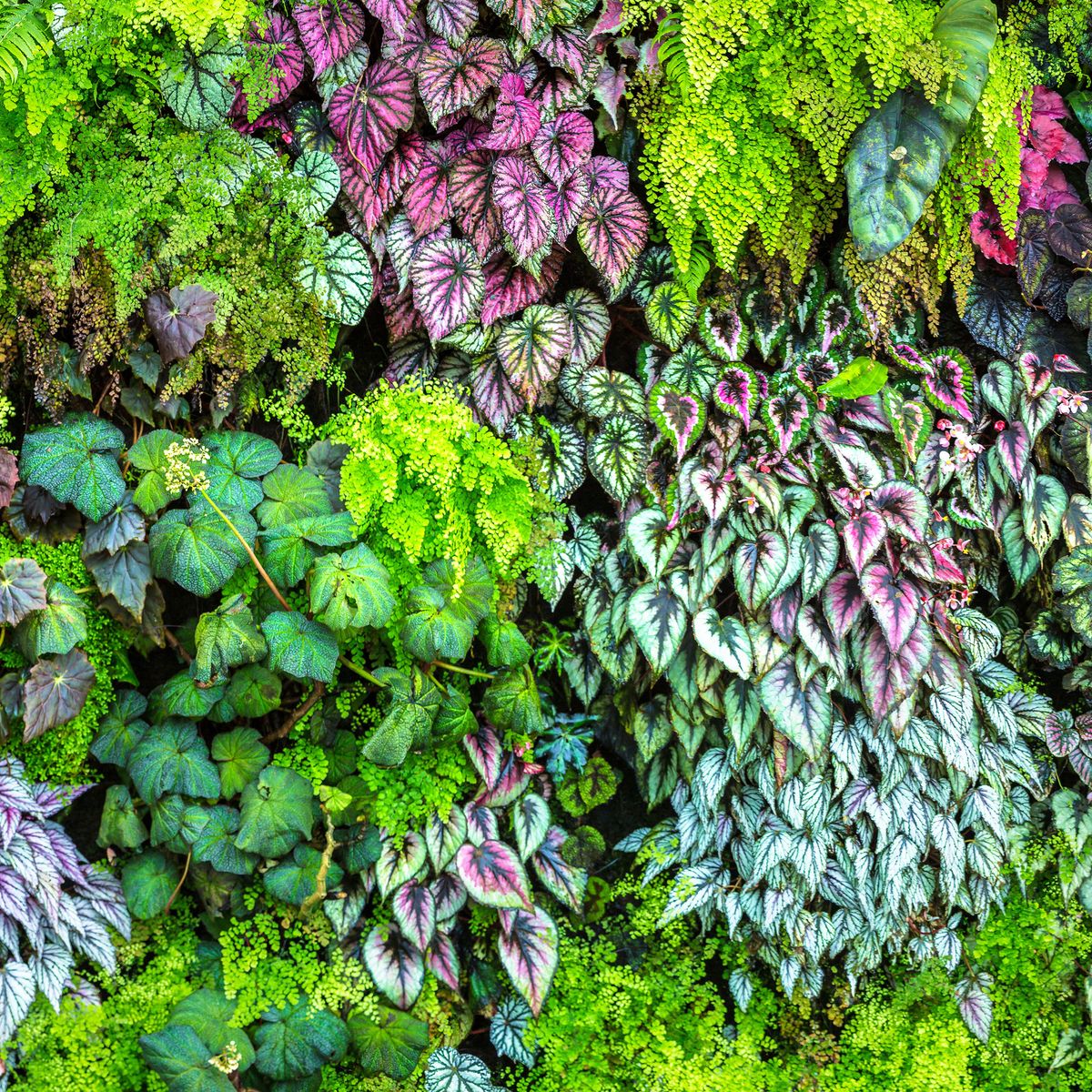Who doesn’t love to have a garden or a yard full of blooming trees and plants? Having greenery around or inside one’s home has numerous benefits on both the physical and mental well-being of the residents. However, when it comes to maintenance, trees also require as much love and care as a human being does. And this love and care comes in the form of adequate watering – neither too much nor too less.
Now, determining the adequate amount of water required by the trees initially might be a problem, especially if you are pursuing gardening as a hobby or are a new arborist. Ideally, it is best to call in professional arborists in such a situation. However, if you are looking forward to nurturing your plants and trees yourself, this article might be of immense help. Please read on to find the major signs of underwatering or overwatering your trees.
Tell-Tale Signs Of Underwatering Your Trees
- Your Trees have Wilted or Curled Leaves
If your tree has more than a couple of wilted or curled leaves, take this as a warning sign that you are underwatering your trees. This can be noticed especially during the daytime when the water loss due to transpiration outweighs the water absorbed by the tree from its soil. Dehydration causes the leaves to curl and wilt first before the effect can be seen on the entire tree.
- The Leaves are Off-Colored
The yellowing of a few leaves in a tree is a pretty natural phenomenon. However, if you spot the entire canopy getting discolored, immediate action needs to be taken. Moisture stress in trees, which is once again a result of dehydration, causes the trees to lose their inherent green color and eventually turn brown before falling off untimely.
- Your Trees are Shedding Leaves Untimely
Untimely shedding of leaves should be considered as a major sign of underwatering. Leaves are essentially the parts of trees that showcase the earliest signs of dehydration. When the amount of water lost due to transpiration exceeds the water intake from the soil, the leaves tend to wilt, curl, and get discolored before falling off untimely.
One of the best ways to understand if you are underwatering your tree is by checking its soil. To check the soil, insert your finger beneath the topmost layer up to two to three inches. If you find the inner layers dry and rough, please understand the soil is inadequate to provide enough moisture and water to your tree. Sometimes even if you provide enough water to the trees, the surrounding layers of grass often tend to drink up the water.
Hence, if you have big trees in your yard or garden, it is always good to “deep water” your garden so that the water reaches up to 10 inches below the ground and makes its way to the trees easily. You may also trim the grass underneath your trees to keep the yard tidy and your tree healthy. Using a special handsaw for trees may come in handy for pruning the longer grass.
Tell-Tale Signs of Overwatering Your Trees
- Your Yard is Constantly Wet and Patchy
No one likes a wet and slippery yard, not even the trees. Wet, patchy, and slippery ground is an immediate indication of overwatering your trees. As an arborist, you have to keep in mind that roots not only carry water from the soil but also oxygen and other essential nutrients. Now, soil moistened excessively in water or rather flooded with water does not carry enough air pockets for the roots to breathe in and carry oxygen. As a result, the oxygen supply to the tree is slowly cut off completely, and the tree may ultimately die.
- New Leaves Fall off before Blooming with Full Might
When overwatered, new leaves tend to fall off before blooming with their full might. Just like underwatering causes the leaves to get withered soon, overwatering also causes a similar issue, with the only difference being that in underwatered plants, the leaves generally turn crusty, while in overwatered plants, they tend to get limpy and soft.
- Leaves are Excessively Fragile
Overwatering does not only cause the leaves to become discolored, limpy, and soft but also tends to loosen the nodes and internodes to a great extent. This makes the leaves very fragile and causes them to fall off at the slightest brush.
- Your Tree is Showing Stunted Growth
Since the tree, when overwatered, does not get access to adequate oxygen and nutrients from the soil, it often shows stunted growth in comparison to plants with healthy and adequately watered soil. If your tree shows similar symptoms, it is better to call for professional arborists who can adequately judge the extent of damage and prescribe solutions according to your tree’s needs.
Conclusion
Just like a healthy diet is necessary for the overall well-being of human beings and animals, trees also need water that is well-balanced with oxygen and other essential nutrients for their growth.
Furthermore, since the soil is the main source of energy and nutrients for the trees, the first step in growing healthy trees is to prepare the soil properly for the tree to flourish. If you are a new gardener, it is better to bank on professional aid, at least for the first time. Gardening and maintenance tips from experts are always necessary for the well-being of trees. You can also keep moisture meters handy in your toolbox for easy assessment of the soil. These meters are readily available at professional gardening stores and are great tools for beginners.
After you have taken care of the soil, the next step is to watch the leaves closely – as discussed here – to identify if you are overwatering or underwatering your plants. It might take a few days of practice, but once you get the hang of it, you can assuredly grow wonderful, blooming trees right in your backyard.
Author Bio:
Bryan Hardin










